Environmental degradation of anthropic origin affects Colombian moors
Ulises Flores
26/09/2019
¡Greetings appreciated Stem-reader and general public.!
I warmly thank you for your interest in knowing geological, ecological and environmental aspects to improve our relationship with nature.... In this synthetic article I am going to describe some interesting aspects about the current state of the majestic rocky paradise that comprises the Andean mountain range of Colombia, nailed in the heart of South America; which begins to strip indicators of severe anthropogenic impact.
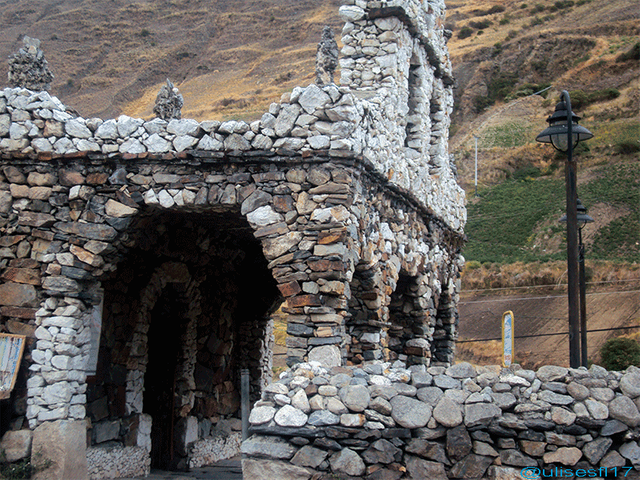
Building built with slabs in the Andean Moor of Cachopo.
The spectacular orogenic process that takes place during the Paleogene - Neogene that in the geological temporal scale corresponds with the Cenozoic Era initiated some 66 million years ago, is influenced by the enormous force of subduction that exerted the gigantic tectonic plate of Nazca below the South American plate, this process would make emerge the discontinuous Andean mountainous system, better known The Andes Mountain Range, which branches out into the Western Mountain Range, the Central Mountain Range and the Eastern Mountain Range.
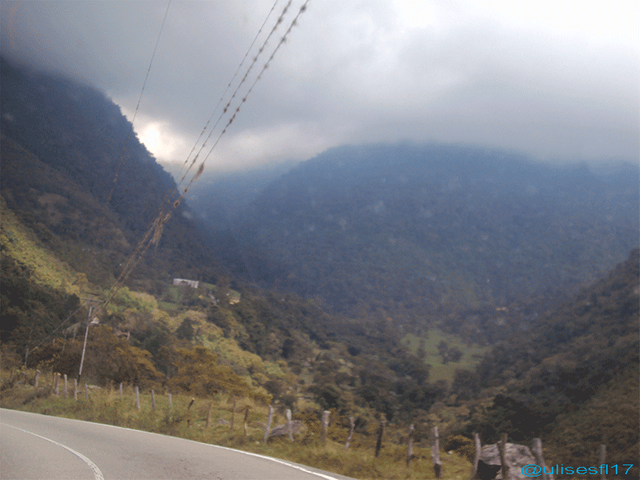
The construction of roads has affected the biotope and autochthonous vegetation.
Oceanic and geophysical forces would continue their work sculpting and shaping this rocky mountain belt for millions of years; thus, the abrupt geomorphology was perfectly sculpted in an Andean ecoregion that houses ecosystems of moors, unique in the world. The Colombian territory concentrates 60% of them, while the rest is in Peru, Bolivia, Ecuador, Chile, Costa Rica, Argentina, Africa and Venezuela. As all natural processes enjoy a wise capacity for self-evolution and systemic equilibrium, their biota and biotope combine with geophysical and hydroclimatic factors to perpetuate themselves as water producers par excellence.
The Muicas worshipped the moors
Somehow, our ancestors and Muiscas indigenous brothers came to know him, respecting and maintaining an ecological balance in complete harmony with the geobiochemical processes of these ecosystems. The knowledge and practices of this noble indigenous people who settled on the main margins of the large natural bodies of water that formed between 2300 and 3500 meters above sea level, is worthy of admiration and above all of emulation.
For the Muiscas, water was a source of life and the provision of all things, which is why their main leader each year paid tribute and adoration in a kind of esoteric ritual to the natural elements (sun, earth, air and water) in one of the largest natural bodies of water of the Colombian moors, the Guatavita Lagoon.
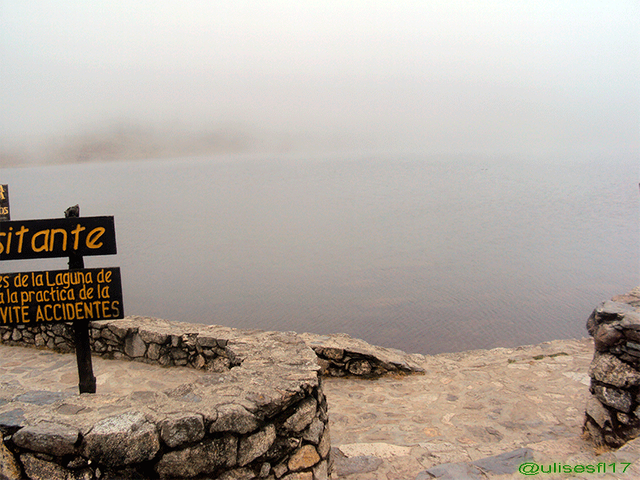
Mucubají Lagoon, the Venezuelan Andes Mountain Range.
Hydrological function of the moors
The Guatavita lagoon has been an imposing water pot fed by veins, threads and runoff from an ascending water network where interesting phases of the hydrological cycle (precipitation) are fulfilled: rains, fog, runoff and infiltration) together with important allies (mosses and frailejones) that retain large quantities of water, the mosses being true biosponges which gradually release water while maintaining ideal conditions that ensure the permanence and fluidity of water; this vegetation cover, prevent soil erosion and rocky degradation ( meteorization), conservation and balance of fauna and fix large amounts of carbon.

Thick fog covers the mountain top and impedes the visibility of the altitude ecosystem.
These huge hydrobiological systems thus play a commendable role in maintaining thermal equilibrium; without detracting from the importance of more than 80% of the supply of drinking water for human consumption and agricultural activities. Perhaps not with a scientific conception and environmental and ecological terminology, but, the Muiscas knew that if they preserved these natural reservoirs they would always maintain a quality water resource that would provide them directly and indirectly with hydration, food and other activities that required the sumptuary use of water.
Degradation of the moors
Since the Spanish invasion in the first third of the 16th century, a campaign of degradation and destruction of these natural paradises began; the colonisers undertook excavations and diversions of important lagoons and lakes where it is believed that large offerings of gold and mineral stones of economic value were thrown.
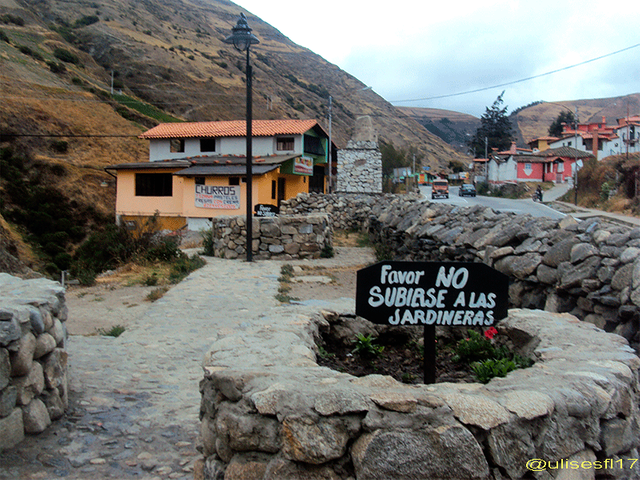
Thick fog covers the mountain top and impedes the visibility of the altitudinal ecosystem.
Hydroelectric corporations diverted watercourses and flooded depressions in order to dam water and generate electricity; multimillion-dollar companies began exploiting and extracting coal in and adjacent to moorland areas; agriculture was mechanized and expanded to cultivate more commercial crops such as potatoes; tree species such as pine, eucalyptus and others of timber interest and biological fences were introduced that absorb much more water than native species.
Environmental impact
The consequences are devastating for the ecosystem: emission of gases, vapors and agrochemicals that are suspended and travel by wind force, others only remain on the site or do not achieve their ascent and will hit the slopes and rocky slopes to be dragged by runoff or infiltrated.
The lichens, mosses and frailejones that have a very slow process of growth and development, are threatened by these deleterious practices, as well as, the native fauna that populates these rocky altitudes. This set of environmental problems threatens water production.
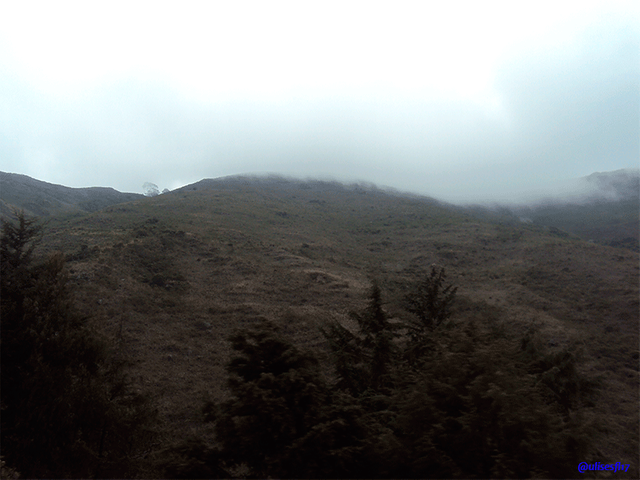
Ecosystem of intervened moors. Damage to vegetation cover and eroded soils.

Conclusions
Colombian public policies are very ambitious and philosophical; but this is not enough, an exhaustive review of them is required and a logical channel that guarantees synchrony between discourse and action. In other words, an ecological and environmental conscience that responds to the claim that nature has been making to humanity, and humanity has not been aware of its egocentrism and supposed development...

References
- Colombiamanía.com (2017). Geología de Colombia Link
- Ministerio de Ambiente y Desarrollo Sostenible – Colombia (2014). Páramos Enlace
- Prensa Cormacarena (2016). video los páramos, patrimonio universal Enlace
Resources
Own photos taken by the author (@ulisesfl17) using Sony brand camera, model DSC-W180, ISO-100 speed with focus without flash in intervened ecosystems of Venezuelan moors.

This content is a translation of the author (@ulisesfl17) own original article published in Spanish in this post.

Great post!
I am pleased to know that you liked the content. I appreciate and appreciate your gesture and support.
Regards
What a fascinating examination of how building, community and our choices affect the environment. So much to learn by examining the past! Beautiful post.
Leading the curation trail for both @ecotrain & @eco-alex.
Together We’re Making This World A Better Place.
Click Here To Join the manually curated trail "@artemislives" to support quality eco-green content.
Honest and grateful for your time and interest in this content. Very valuable complementary contribution that motivates me to continue creating original content and using the ecotrain tag.
Greetings.
This post has been voted on by the SteemSTEM curation team and voting trail. It is elligible for support from @curie and @minnowbooster.
If you appreciate the work we are doing, then consider supporting our witness @stem.witness. Additional witness support to the curie witness would be appreciated as well.
For additional information please join us on the SteemSTEM discord and to get to know the rest of the community!
Thanks for having used the steemstem.io app. This granted you a stronger support from SteemSTEM. Note that including @steemstem in the list of beneficiaries of this post could have yielded an even more important support.
I am grateful for the healing and constant support to my publications with scientific contributions.
Questo post è stato condiviso e votato dal team di curatori di discovery-it.
This post was shared and voted by the curators team of discovery-it
Thank you for the recognition and support given to this publication. The vote is made from this account @ discovery-it. I do not visualize it. Could i check?
Happy day friends
yes you're right, I had not confirmed the vote!
Thank you for your attention
@ulisesfl17 Hermosa publicación, si bien es cierto que las fuentes bibliográficas usadas son Colombianas y hablas de la Cordillera Andina en general, también sería conveniente dejar claro que todas las fotos son de mi país Venezuela, vi que lo nombras solo cuando mencionas que las fotos son tuyas y en la foto de la Laguna de Mucubají, sería fascinante que identificaras cada fotografía, solo es una recomendación.
Hace apenas 2 meses estuvimos por esa zona y es majestuosa.
Felicidades por tan buena publicación.
Te deseamos éxitos.
Hola apreciada @fundakantoria. Los ecosistemas de páramos son un hermoso regalo de la naturaleza, son pocos los países que cuentan con ellos. Amén de esto, en Sur América (Colombia, Perú, Ecuador y Venezuela); no obstante, hay ecosistemas similares a los páramos en las regiones montañosas del sur de Centroamérica, África Oriental y Nueva Guinea. Como bien lo mencionas, es una zona majestuosa. Sin duda se trata de una de las más hermosas biogeografías.
Respecto al uso de fuentes documentales y literatura especializada colombiana, se debe a que este post tiene por objetivo Mencionar algunos aspectos de la degradación ambiental de origen antrópico que afecta a los páramos colombianos. A diferencia de una descripción fotográficas general o particular sobre cierto ecosistema natural, acá trato específicamente una temática en particular: Degradación de origen antrópico en los páramos colombianos. Ahora bien, como es un estudio documental cuyo análisis original es propio, consideré pertinente utilizar recursos visuales (fotografías) propias y evitar el uso de objetos con dominio público alojados en algún banco de imágenes. Por esas razones las fotografías son referenciales, después del apartado References (referencias) está el elemento Resources (recursos) donde dejo claro que el material fotográfico es propio y fue tomado en páramos venezolanos:
Agradecido por el valioso reconocimiento, felicitaciones y buenos deseos. Tu visita y aportes complementarios son importantes para mi.
Saludos cordiales.
Completamente de acuerdo... concuerdo en cada palabra.
Hello, @ulisesfl17! Thank you for sharing your awesome DIY/how-to article with the steem community. However, we've got a place for you where you can post similar articles and get rewarded fairly. Welcome to build-it
Build-it is a tribe on the steem that sharpens your #diy and #how-to skills, in an attempt to save more money for yourself.
The recommended tags required when creating a DIY artcle are #diy, #build-it. #how-to, or #doityourself. You'll get rewarded with BUILD tokens upon every valid post/project which can also be exchanged for steem on steem-engine when you use any of the recommended tags as well as posting via our website.
Need help? Live technical support on Discord or Telegram
This project is run and supported by our witness @gulfwaves.net. If you like what we do, click here to vote for us
You have been curated by @hafizullah on behalf of Inner Blocks: a community encouraging first hand content, with each individual living their best life, and being responsible for their own well being. #innerblocks Check it out at @innerblocks for the latest information and community updates, or to show your support via delegation.
Thank you for your valuable recognition and support of this publication.
Good Vibe